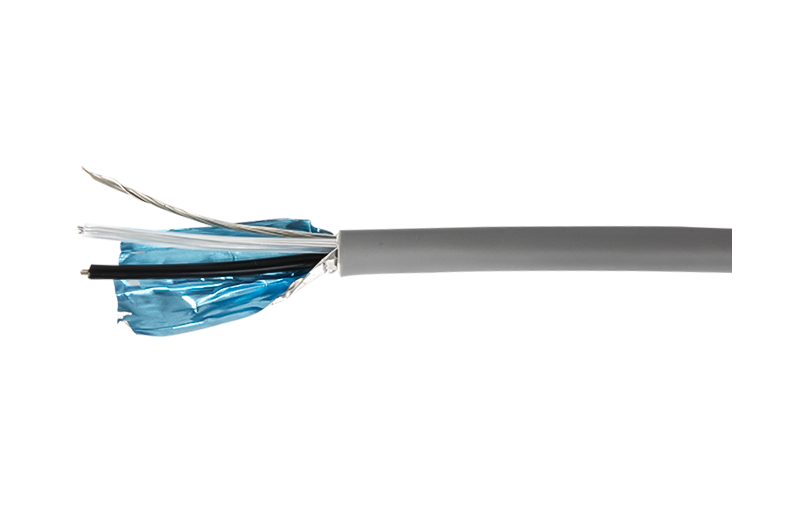Summary:Electrical control cables form the backbone of modern infrastructure, enabling the transmission of power and signals with efficiency and reliability.
Electrical control cables form the backbone of modern infrastructure, enabling the transmission of power and signals with efficiency and reliability. At the heart of these cables lie their insulating materials, such as PVC (Polyvinyl Chloride), XLPE (Cross-Linked Polyethylene), and rubber, each offering distinct characteristics tailored to specific application needs.
PVC insulation, widely used in electrical control cables, is prized for its balance of electrical properties and mechanical flexibility. PVC provides excellent dielectric strength and insulation resistance, crucial for maintaining the integrity of electrical signals while preventing leakage or short circuits. Its flexibility allows for easy handling during installation, accommodating bends and twists without compromising performance. Suitable for a wide range of temperatures from -40°C to +70°C, PVC insulation is ideal for indoor applications where moderate environmental conditions prevail. Moreover, PVC can be formulated to meet stringent flame retardancy standards, ensuring safety in case of fire incidents—a critical consideration in building and industrial settings.
In contrast, XLPE insulation stands out for its superior electrical properties and extended temperature range capabilities. Cross-Linked Polyethylene offers high dielectric strength and excellent insulation performance, making it suitable for high-voltage applications where reliability under extreme electrical stress is paramount. With an operating temperature range typically extending from -40°C to +90°C or higher, XLPE insulation excels in environments requiring resilience against both heat and cold. Its mechanical rigidity provides added protection against physical damage while maintaining sufficient flexibility for practical installation. Additionally, XLPE exhibits good resistance to moisture, chemicals, and environmental stress cracking, enhancing its durability in diverse operational conditions.

For applications demanding exceptional flexibility and durability, rubber insulation remains indispensable. Variants like Ethylene Propylene Rubber (EPR) or Ethylene Propylene Diene Monomer (EPDM) offer unparalleled flexibility, capable of withstanding temperatures ranging from -50°C to +150°C. Rubber insulation is highly resistant to oils, solvents, and various chemicals, making it ideal for outdoor, industrial, and dynamic applications where exposure to harsh environments is common. Its robust mechanical properties ensure longevity and reliability even in environments prone to vibration or mechanical stress. Furthermore, rubber can be tailored to meet specific flame retardant requirements, ensuring safety in hazardous conditions.
In essence, the choice of insulation material in Electrical control cables is dictated by the specific demands of the application—whether it's optimizing flexibility, enhancing electrical performance, or ensuring longevity in challenging environments. These materials not only safeguard the integrity of electrical signals but also contribute to the overall efficiency and safety of electrical systems. From powering industrial machinery to transmitting signals in telecommunications, electrical control cables equipped with PVC, XLPE, or rubber insulation play a crucial role in modern infrastructure, facilitating seamless operations across various sectors with their distinctive attributes and capabilities.
